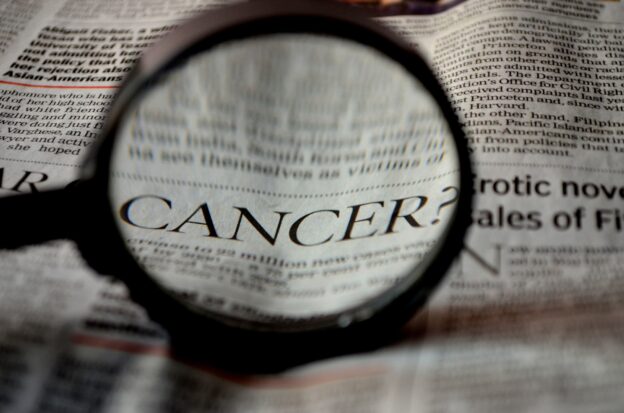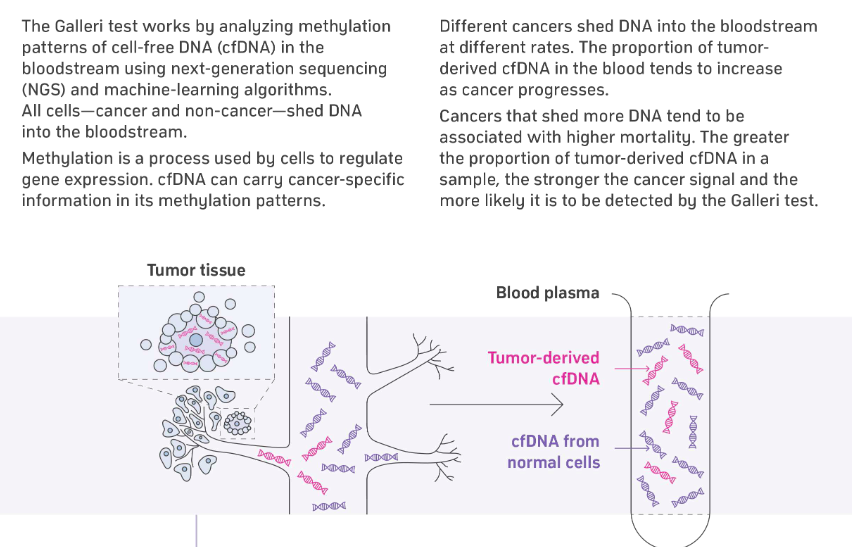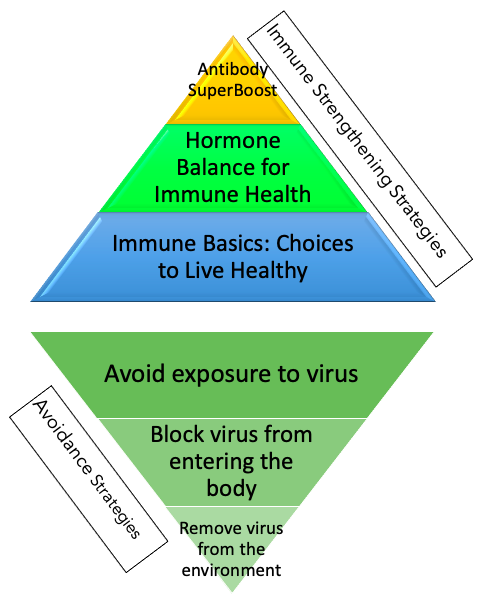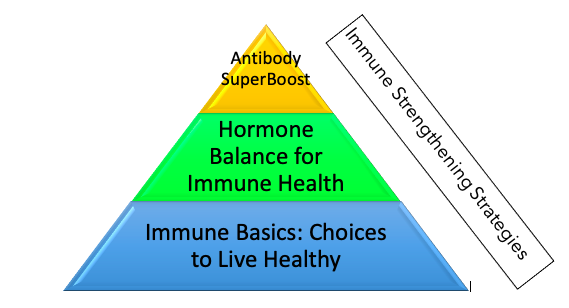Have you ever experienced not being able to get to sleep or waking up in the middle of night without getting back to sleep? You are not alone, 30-50% of adults report insomnia symptoms and 10% of adults are diagnosed with chronic insomnia[1].
Insomnia includes difficulty falling asleep, staying asleep, or poor sleep quality that may impact the quality of your waking life. Insomnia can be very frustrating as Dr. Rodgers can attest from personal experience.
Not only is Insomnia annoying, but it may contribute to numerous health effects including cardiovascular disease and diabetes[2],[3].
There are many causes of insomnia including, but not limited to:
- Stress
- Blood sugar dysregulation
- Hormone insufficiency
- Genetic disposition
- Dietary choices, including use of alcohol and stimulants
- Pain
- Digestive issues
- Brain health
- Environmental influences
Can sleep medications help?
According to the CDC, 8.4% of adults in the US took sleep aids in 2020[4].
Most sleep medications are initially helpful, but lose their efficacy after a few weeks, leading to the need to increase dosages as the brain adapts to the medication. Discontinuing the drug(s) also leads to rebound insomnia, leading to a vicious cycle of not sleeping. There are also studies suggesting sleep medication’s contribution to cognitive decline or Alzheimer’s disease[5],[6].
Additionally, daytime drowsiness with the use of sleep medication increases the risk of motor vehicle accidents[7] and loss of social interactions[8].
Watch Dr. Rodgers’ interview with pharmacist Jeremy Crowfoot of Saint Alphonsus Geriatrics Clinic and Memory Center in Boise, Idaho discussing the efficacy of sleep medications. Watch the interview HERE.
How to get to sleep without sleep medication.
The sleep foundation (https://www.sleepfoundation.org/sleep-hygiene) has a wonderful list of sleep hygiene techniques which can be tried prior to initiating sleep medication. Techniques include:
- Go to bed at the same time daily.
- Remove all electronic devices from bedroom.
- Turn off Wi-Fi at night.
- It is ok to read or listen to calming music or mediations, but do not use screens in bedroom.
- Complete all work or discussions prior to entering bedroom.
- Dust bedroom regularly.
- Use black out curtains, to create a dark room.
- Cognitive Behavioral Therapy for insomnia (CBTi) to re tune the body and brain towards healthy sleep[9].
Sleepwell (mysleepwell.ca) is a CBTi educational program of Dalhousie University of Canada. The website is an excellent starting point to learn how to retrain your brain to achieve quality sleep. Supported by research, the Sleepwell program can be used for anyone with sleep difficulty and offers guidelines for safely weaning off sleep medications.
Although insomnia can be a challenging condition to treat, finding a physician who listens to your story may be the first step towards a good night’s sleep. Dr. Rodgers is one such physician. She takes the time to understand each patient’s current medical condition, lifestyle, diet, supplement/medication use, and past medical history and then creates a plan for you to achieve quality sleep.
[1] Benca RM, Bertisch SM, Ahuja A, Mandelbaum R, Krystal AD. Wake Up America: National Survey of Patients’ and Physicians’ Views and Attitudes on Insomnia Care. J Clin Med. 2023;12(7):2498. Published 2023 Mar 25. doi:10.3390/jcm12072498
[2] Fernandez-Mendoza J, Vgontzas AN. Insomnia and its impact on physical and mental health. Curr Psychiatry Rep. 2013;15(12):418. doi:10.1007/s11920-013-0418-8
[3] Miller MA, Howarth NE. Sleep and cardiovascular disease. Emerg Top Life Sci. 2023;7(5):457-466. doi:10.1042/ETLS20230111
[4] https://www.cdc.gov/nchs/products/databriefs/db462.htm
[5] Puustinen J, Nurminen J, Kukola M, Vahlberg T, Laine K, Kivelä SL. Associations between use of benzodiazepines or related drugs and health, physical abilities and cognitive function: a non-randomised clinical study in the elderly. Drugs Aging. 2007;24(12):1045-1059. doi:10.2165/00002512-200724120-00007
[6] Wilt TJ, MacDonald R, Brasure M, et al. Pharmacologic Treatment of Insomnia Disorder: An Evidence Report for a Clinical Practice Guideline by the American College of Physicians. Ann Intern Med. 2016;165(2):103-112. doi:10.7326/M15-1781
[7] Hansen RN, Boudreau DM, Ebel BE, Grossman DC, Sullivan SD. Sedative Hypnotic Medication Use and the Risk of Motor Vehicle Crash. Am J Public Health. 2015;105(8):e64-e69. doi:10.2105/AJPH.2015.302723
[8] Fitzgerald T, Vietri J. Residual Effects of Sleep Medications Are Commonly Reported and Associated with Impaired Patient-Reported Outcomes among Insomnia Patients in the United States. Sleep Disord. 2015;2015:607148. doi:10.1155/2015/607148
[9] https://mysleepwell.ca/cbti/cbti-research/








